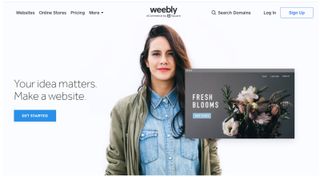Alpha.gov.uk is intended to hold all of the Government’s web services under a single domain and present them in a way that makes them easier to access and use.
Heading up the project is Tom Loosemore, who writes on the alpha.gov blog that there are major financial savings to be made by getting people to access services online: “If people who are not yet online can be tempted into doing just one of their (typical) 4 or 5 monthly Government transactions online, then that would save the Government – and hence taxpayers – about £1bn each year. That’s a big number.”
Unusually for a project like this, it has been unveiled at a very early stage to gauge public reaction.
The landing page of the new site is dominated by a search box, indicating a move away from Directgov’s structure whereby content is arranged in a tree of categories, subcategories and further subcategories that the user must drill into.
The design strategy was led by Paul Annett, co-founder of Supernice Studio, who told us: “Search logs from existing Government sites show that 90% of traffic is people arriving from Google to a transaction page, wanting to complete their task and leave - so the homepage is rarely seen. Very little horizontal navigation around the site is necessary.
“Rather than having a huge sprawling information architecture hierarchy, the site is very 'wide and flat', and uses autocomplete search as the main way of finding what you need. We identified the 100 top tasks performed on the Directgov site, and used those as a basis for the autocomplete functionality.
“One of our main design rules was to do less, so we focused on making each page very task orientated. Wherever we could cut down on content and put users straight at step one of a tool we would.
“We used colour and typography to differentiate between sections aimed at citizens and pages aimed at Government (and other interested parties). Fontdeck provides our web fonts‚ possibly a first for a Government site.”
Content strategy was led by Relly Annett-Baker, co-founder of Supernice Studio. “We looked at search logs and did some consultation to find out what people really use Government sites for, then worked on making those tasks as simple as possible.
“We then devised an in-house style for the content, deciding on pronouns, literacy level etc, before creating content that went into the wireframes. Some of this content was handled by the editorial team, using directgov as source material, and other sections - such as our tools - were custom fit. Most freeing was being able to decide the form the content should take, rather than having to stuff it into a clumsy CMS. This was possible because of our strategy work and because we planned different kinds of content early on.”
Prototype launches for single Government site

Thank you for reading 5 articles this month* Join now for unlimited access
Enjoy your first month for just £1 / $1 / €1
*Read 5 free articles per month without a subscription

Join now for unlimited access
Try first month for just £1 / $1 / €1



